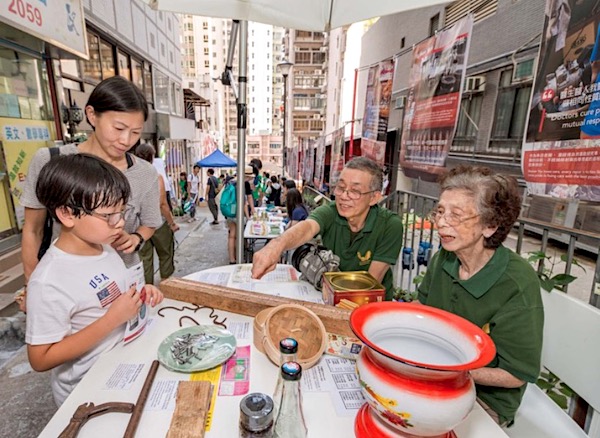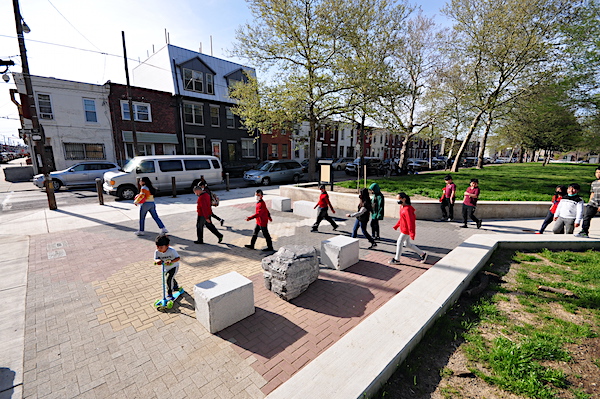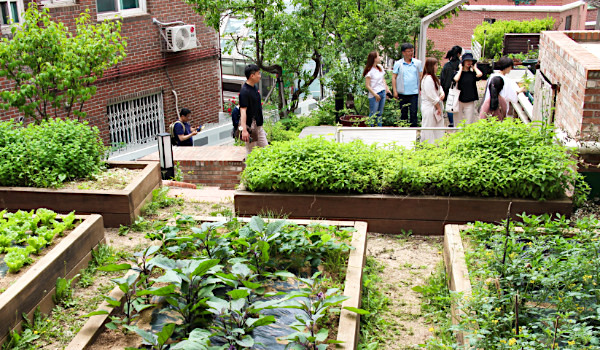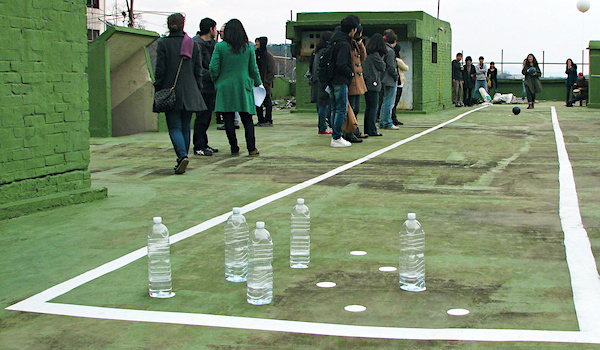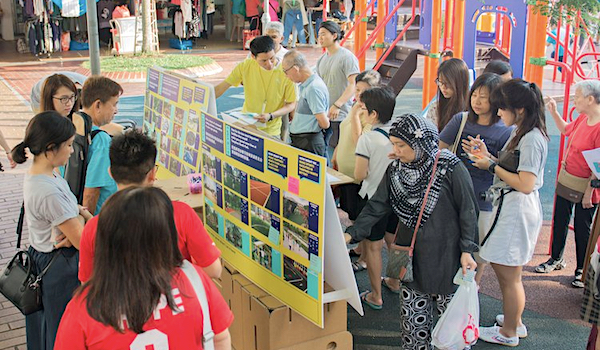Blaž gave a short interview about community design in post-Covid era for the 2021 Seoul Design International Forum. The forum was organised under the theme Re-connect: Design as a Value Creator and discussed subjects like ‘problem-solving,’ ‘inclusion and resilience,’ ‘city attractiveness,’ and a ‘new-level of experience.’
In the interview, Blaž has stressed the social value of community design in building resilient communities and democratic urban governance.
Blaž는 2021 서울디자인국제포럼에서 포스트 코로나 시대의 커뮤니티 디자인에 대한 짧은 인터뷰를 하셨습니다. 포럼 ‘리-커넥트: 가치창조자로서의 디자인’이라는 주제로 ‘problem-solving,’ ‘inclusion and resilience,’ ‘city attractiveness,’ ‘new-level of experience’로 구성되었습니다. 인터뷰에서 Blaž은 탄력적인 커뮤니티 조직구성과 민주적인 도시 거버넌스를 통해 커뮤니티 디자인의 사회적 가치를 강조했습니다.
Korean version of the interview is available on the Seoul Design International Forum website. English version is attached below.
Seoul Metropolitan Government has also published book with all contributions of the 2021 Seoul Design International Forum, including the interviews.
The theme of this year’s Seoul Design International Forum is ‘Re-connect: Design as a value creator’. What do you think the city government should do to improve the value in the cities and the lives of their citizens through design? And for that, how should the city’s design organization be structured?
Design aims to address diverse needs and resolve problems in everyday life. In this sense, it is the social value, social innovation, and social responsibility that make up the very idea of design. At the same time, it is important for design, as an innovative and responsible social practice, not only to improve the quality of everyday life of citizens but also to enable and empower citizens to ‘design’ their everyday life on their terms.
This can be achieved through community design for various reasons. First, community design focuses on citizens. Second, ‘designing everyday life’ cannot be an individual effort but requires a collective effort, where diverse ideas and knowledge are shared, discussed, and implemented through a participatory process. Third, community design as a participatory process allows for a citizen-informed and citizen-led approach to design for what it needs an autonomy from the state and markets, which tend to overly control and commodify everyday life.
The city government should, hence, see and support community design as an opportunity not to design for but rather to design with the citizens and neighbourhood communities and empower them to ‘design their everyday life.’ In this way, the city government could build partnerships with citizens and neighbourhood communities which is recognised as the key to inclusive and democratic urban governance.
If there is an important case as an example of efforts made by city governments or public institutions to create social value, please introduce it.
Seoul Metropolitan Government has already made efforts over the past decade to engage citizens, neighbourhood communities and civil society organisations in community design. Community design in Seoul has so far addressed diverse problems in neighbourhood communities related to clean environment, improvement of public space, provision of social welfare, communal childcare and education, access to safe food, expansion of local media and culture, etc. These examples show the importance and social value of community design. There seems to be a lot to re-learn from community design in Seoul.
An interesting case to learn from is also the Open Green Programme, launched in 2014 in Taipei. Through this programme, the Urban Regeneration Office of Taipei provides small funding for citizens, neighbourhood communities and civil society organisations to identify problems in their living environment and improve them through a participatory process. Along with providing funding, the programme also focuses on organisational support. The Urban Regeneration Office often contracts design professionals to provide knowhow, work with the citizens, and help them design and implement their ideas. In this way, over 60 cases of community design have been successfully implemented through the Open Green Programme, which has reportedly created social value beyond neighbourhood communities involved.
With the COVID-19 pandemic, we are living through a challenging time. How can design strive for social innovation or improvement of public life in the post-COVID era?
There are many cases of grassroots-led responses to the Covid-19 pandemic in East and South-East Asia, where citizens, neighbourhood communities and civil society organisations effectively responded to the crisis by taking care of fellow citizens, providing mutual help and support for those in need, organised local relief efforts, etc. These responses often took place in marginalised communities, which are affected hard by environmental and health hazards. For this reason, marginalised communities already have a capacity and support networks in place that allow them to respond effectively to threats like the Covid-19 pandemic.
Examples of grassroots-led responses to the Covid-19 pandemic include Sitio San Roque in Quezon City in the Philippines, or IMMA relief activities in Taipei in Taiwan. These two cases show that grassroots responses to external threats are possible because of the social innovation and continuous involvement of dedicated volunteers, public donations, and organisational support of civil society organisations.
Volunteers, donations and civil society organisations, however, cannot sustain grassroots-led responses for ever. State support is crucial to sustain and expand grassroots efforts. Community design as a participatory process not only addresses particular problems in communities but also helps them innovate and build capacity to resist threats like the Covid-19 pandemic. State support of community design, thus, has a potential to become an effective and democratic way of building resilient neighbourhood communities and cities in ‘challenging times.’
